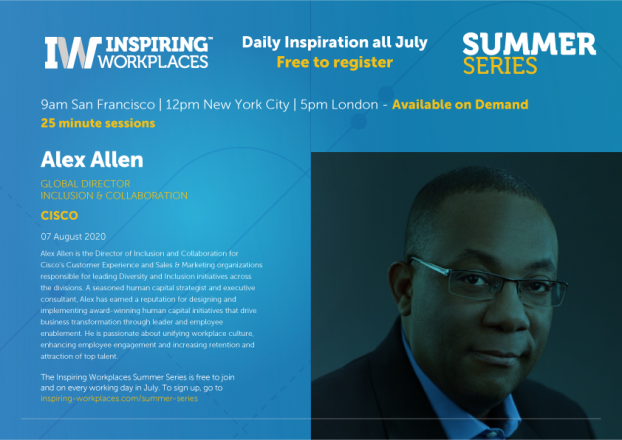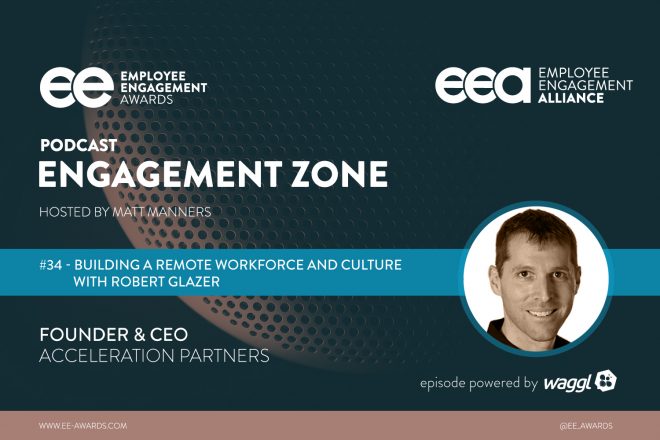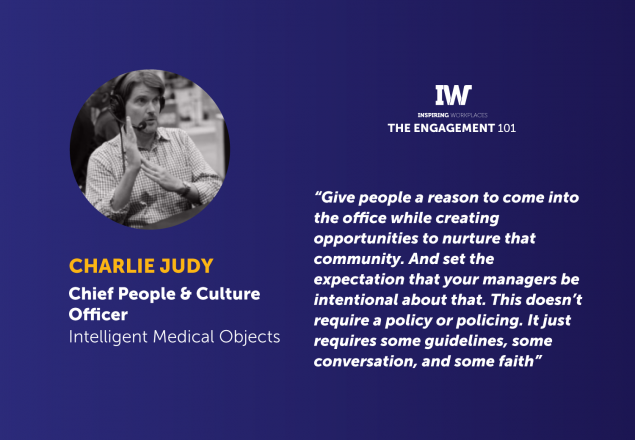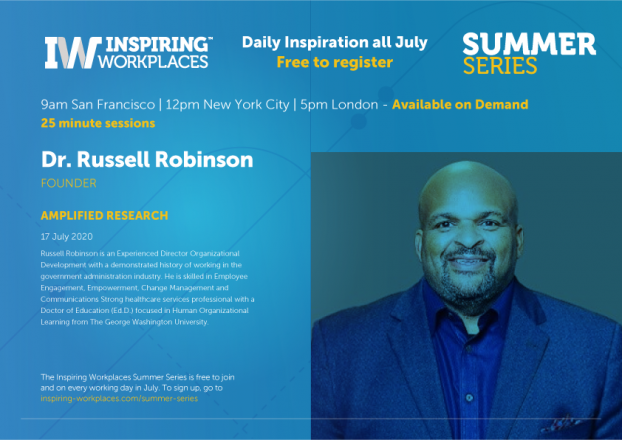
22nd January 2024
The Importance of Building a People-First Culture

Tom Nolan, the CEO of Kendra Scott, a fashion-meets-philanthropy lifestyle brand, emphasizes the importance of building a people-first culture. He believes that success lies in hiring individuals aligned with the company’s values, emphasizing both experience and values in hiring decisions. Nolan’s personal journey joining Kendra Scott full-time was driven by witnessing the company’s commitment to its values during a philanthropic event. He underscores the need for organizations to support their teams with benefits that foster personal and professional growth, as well as to engage in meaningful community involvement. Nolan concludes that a people-first culture sets a company apart, fostering loyalty through empathy and philanthropy.
This article was originally published in Forbes:
Kendra Scott, where I’m CEO, began more than 20 years ago based on the values of family, fashion and philanthropy. As Kendra herself says, “Connection before transaction.” So when I talk to people about what has contributed to our success or what could help build theirs, I often find myself thinking, “You don’t work for companies; you work for people.” And as I work with leaders who are trying to create a winning strategy for their companies, it’s maybe the most solid piece of insight I can give.
An applicant might have a gold-plated resume, but I’ve learned that’s not all it takes. My team only hires those who are similarly oriented toward our foundational goals. We know we have to balance both the experience and the value set. It’s how we evolve and maintain our culture—and it’s how businesses stay true to their values.
That emphasis on humanity is why I joined the company full-time. I first joined the board of directors, but following a transaction with a private equity firm, I was asked to come on full-time as CMO. Back then, my family was happily living in North Carolina with no intention of moving. And, frankly, I was flattered but needed some serious convincing. I was told my decision would be respected either way, but before I made the final call, I was invited to attend one of the company’s philanthropy events. Looking back, I see that it wasn’t just an invitation; it was an opportunity to experience the company’s values.
The event was at a pediatric oncology ward in New York City. I have four children and am an emotional guy, so the idea of seeing families in such a raw, painful situation was difficult. It was also a pretty unusual request in the middle of an interview process. As I rode the hospital elevator up to the pediatric unit, I braced myself, but when the elevator doors opened, I was taken aback. There was music, balloons, clowns, giggles and excited shouts as families explored a station where they could create custom jewelry. As I looked around, I was touched by a company’s willingness to show up. It wasn’t a value slapped into a brand book and quickly forgotten. It was a living and breathing commitment. After the event, I went across the street and admittedly broke down. I was overwhelmed but inspired and decided to join the team.
I realize it might sound otherwise, but I don’t bring this experience up to boast. I reference it to say that when you claim to put people first, you have to actually do it. You need to offer benefits to help your team feel safe and supported with work that cultivates their personal and professional development.
You need an infrastructure that lets the people on your team put their people first as well. This might mean having reasonable work-from-home accommodations, flexible start and stop times or even floating discretionary holidays, for example. Life happens, and sometimes you need to step away.






